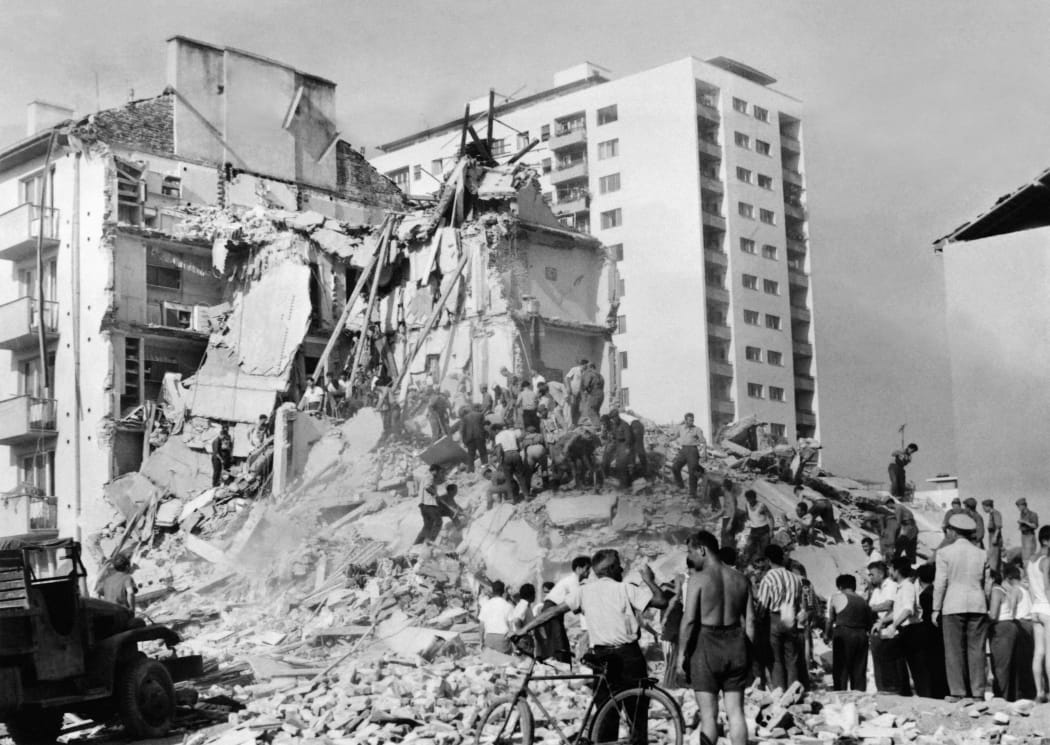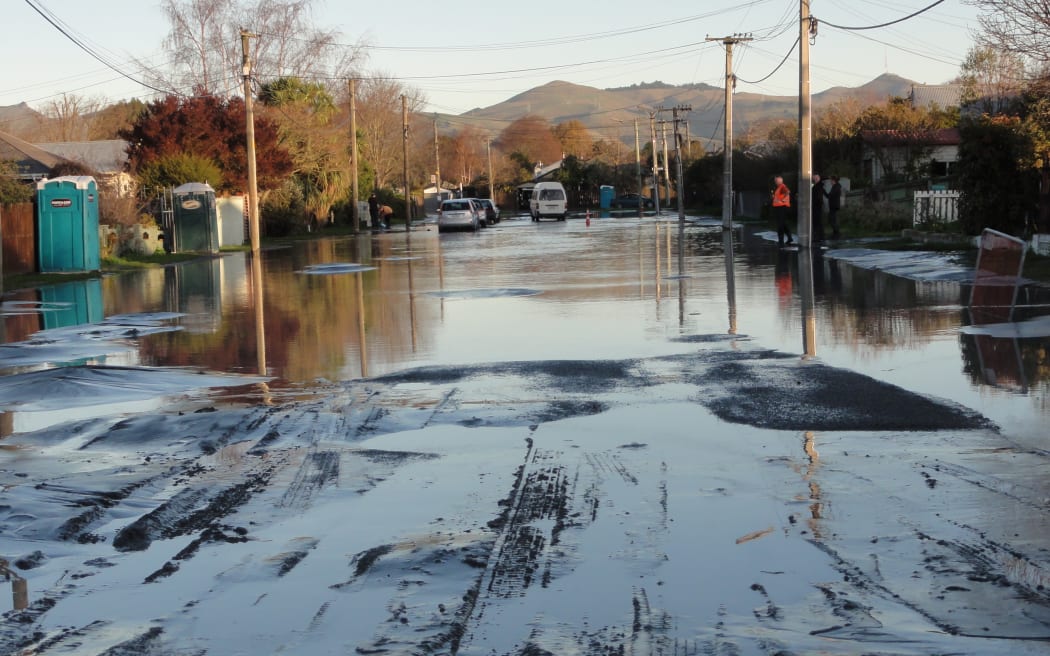Growing up in Skopje, Misko Cubrinovski witnessed not just the immediate impact a quake had on his city but how the incident shaped the place even years on from the incident.
In this Voices episode he talks to Kadambari Raghukumar about his geotechnical research as a civil engineer and how a journey that began in Macedonia, former Yugoslavia, led him to internationally recognised quake research from here in New Zealand.

Picture released on July 27, 1963 of the earthquake in Skopje which occurred on July 26, the Republic of Macedonia, then part of the Yugoslavia. (Photo by tanj / AFP) Photo: TANJ
Professor Cubrinovski is based at University of Canterbury and recently received the UC Research Medal for his contribution to quake research through geotechnical engineering.
"I was at the right time, the right place. from a professional perspective."
He's played a key role in research into the Christchurch earthquake of 2010, where he's been living for the past 17 years.
"All that knowledge that experience in preparation that I accumulated over my whole career, I was able to turn to fruition and to use it and to support New Zealand geotechnical engineers and the community as a whole."

A general view of Skopje, Macedonia, on June 20, 2014 as part of "Skopje 2014" project which aim to give more classical appeal to the destroyed city by the old earthquake that hit the Macedonian capital in 1963. The makeover has attracted a growing number of tourists in recent years and visitors curious to see the city’s new monuments and statues. (Photo by Erhan Elaldi / ANADOLU AGENCY / Anadolu Agency via AFP) Photo: ERHAN ELALDI
Professor Cubrinovski's research focuses on soil liquefaction - the biggest cause of the damage after the tremors in Christchurch.
"Liquefaction is complex. What we are trying to establish is really what are the key factors that govern damage, what is causing the damage, because if we understand what is causing damage, then as engineers, we can mitigate those effects and we can reduce damage."
Listen to Misko Cubrinovski's conversation with Kadambari Raghukumar on seismology, former Yugoslavia and a lifetime's worth experiencing tremors.

Liquefaction damage caused by the Christchurch earthquake, 2010 Photo: Misko Cubrinovski


